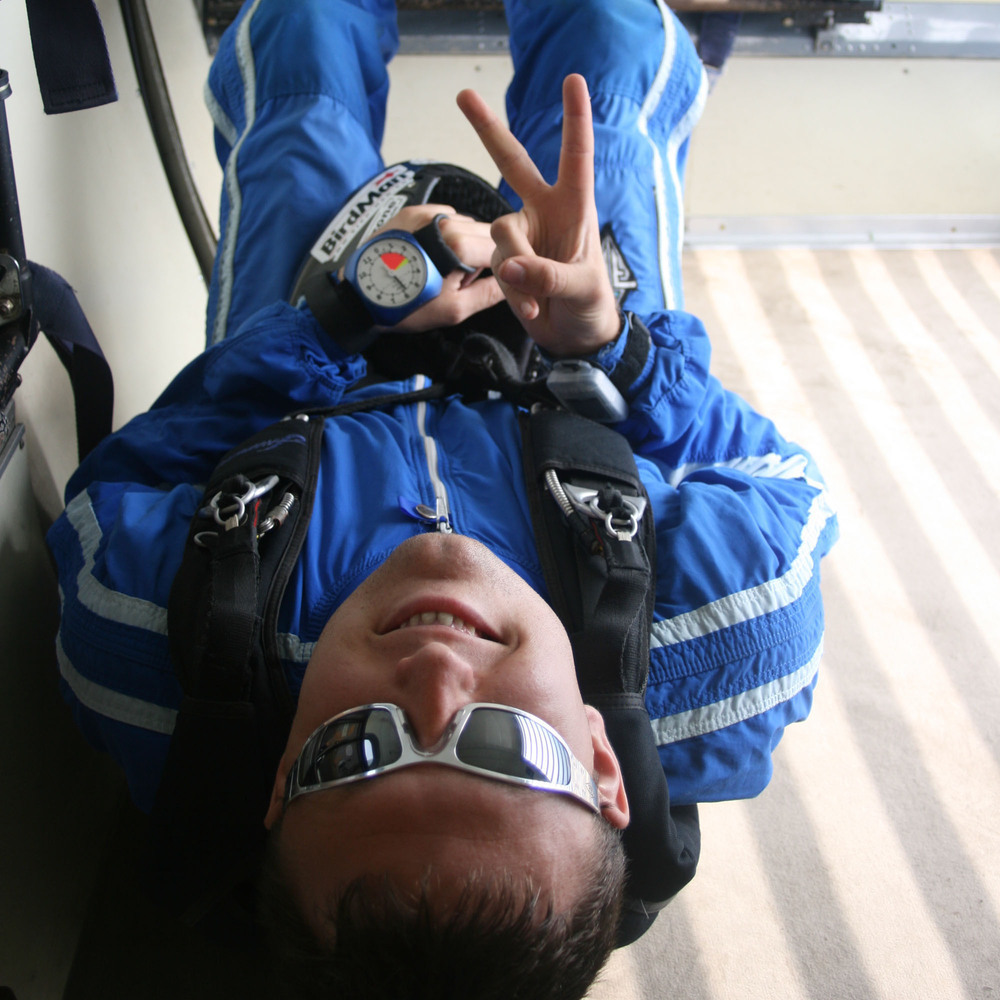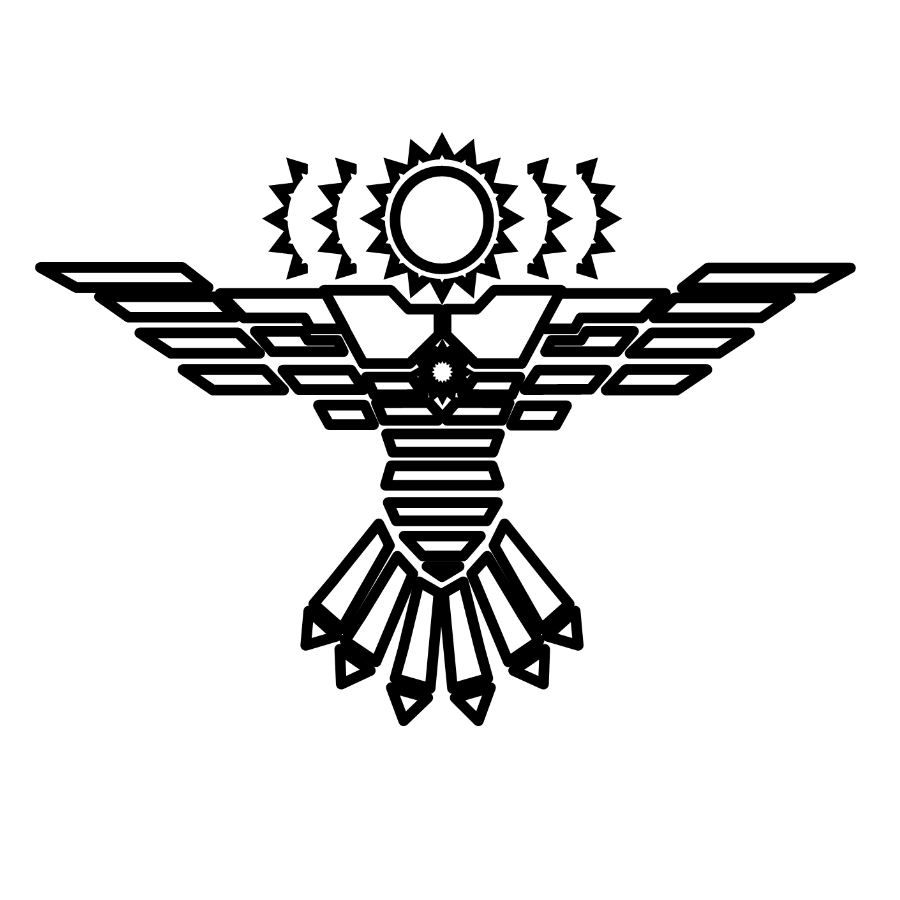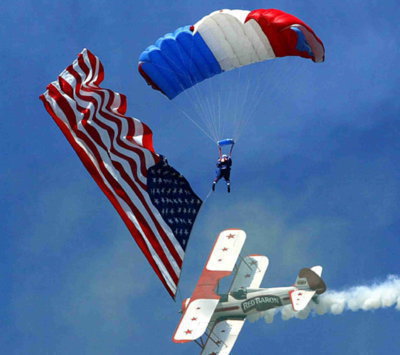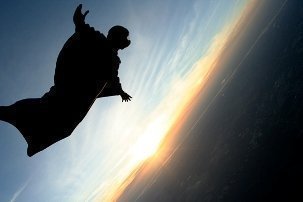Recommended Posts
Skwrl 56
QuoteThe insurance company has put their foot down, and short of the FAA, that's the biggest foot around. Everyone knows the number one cost of a DZ is the plane, and if the insurance company says 'jump' (no pun intended), the DZO will jump, and wingsuiters will not.
Agreed. But let's be super clear here. The insurance companies will not give even the tiniest consideration about whether we have a USPA rating or not. They will only consider whether there are claims coming in (i.e., things they have to pay for) from a particular activity or not. And if claims are coming in, they will either (a) raise their rates to reflect their costs or (b) revise their policies to exclude coverage from wingsuiting tail strikes. Saying "but... but... but... we have a rating now!" will not dissuade them from their simple cost/benefit analysis. That's what insurance companies are; that's what they do. Nobody should be fooled on this point...
Now, maybe a rating is a good idea, maybe not. In the long run, a standard program should result in everyone with a wingsuit having been told at least once in their training to keep their wings closed. It will not stop complacency (any more than being told "don't turn too low to the ground" in AFF stops people from hooking it in). And it won't stop the bad habits of current wingsuiters who won't have to take a course. I agree that it will probably instill a greater safety culture over time. But in any case, that's a long run solution to an immediate problem. We need triage, now. We need no more God damn tail strikes, now.
My suggestion: Create an immediate USPA awareness raising campaign, to mail to all DZs with the goal of it being posted prominently where wingsuiters will see it. Stickers that say "avoid the tail" or whatever catchy stuff we can come up with. Show S&TA's what they have to know. (It's not rocket surgery.) Include pictures - like the ones in Spot's (really great) materials - that highlight the problem and show how to avoid it. Get the word out. If USPA cares about wingsuiting, an awareness campaign should be a priority now.
Personally, I'm willing to help in any way I can. (I'm not an authority, and instructor, or anything else, just a guy who takes pictures.) So let's recruit a bunch of volunteers to put the word out and make sure it gets heard. Time for partisan ("Team Taya!" "Team Spot!") crap is over - if wingsuiting is still around, we can revisit it later. We have an immediate concern that we have to address.
Let's get to the business of getting this message out before it's too late.
Northeast Bird School - Chief Logistics Guy and Video Dork
QuoteBut let's be super clear here. The insurance companies will not give even the tiniest consideration about whether we have a USPA rating or not. They will only consider whether there are claims coming in
This is my point exactly. All the arguments against more formalized training, or getting the USPA involved have become moot. The only obejective now is the preservation of the insurance policies without a 'no wingsuit' provision.
However, one thing to consider is that without a USPA program in place we ended up where we are now, with a tail-strike every 29 days. So all the talk about why a more formalized program isn't needed, why we can just count on the 'good old boys' to teach the new guys what they need to do has come to an abrupt end.
One benefit to a USPA program with an instructional rating to go along with it, is that it puts the DZOs in the position of having to do things that way. It would no longer be acceptable for 'some guy' to teach wingsuiting however they feel is correct, it would make sure that all training is up to speed, so to speak.
The other side of the coin is that the more correct information there is out there, the more properly trained wingsuiters there, and once you introduce a group of instructors who have a rating to protect, the whole community gets a bump up in the area of awareness and proactive safety practices.
QuoteQuote
How many fatalities have there been involving people with more then 200 skydives but few wingsuit jumps and how does that compare to the numbers of fatalities before the bsr was implememnted because thats the comparison that matters
Historically pre-BSR?
70+ (which is why they were banned by USPA)
Post BSR specifically related to the wingsuit and skydive? 2, arguably 3.
The initial point was that USPA intervention (so far) has halted the several incidents and reversed the trend. Which part of that needs greater explaining?
For starters, where did the "70+" number come from?
Scope, sample, definition, please.
Next, please identify the pronoun in your parenthetical remark: "which is why they were banned by USPA."
Thank you.
44
"The beginning of wisdom is to first call things by their right names."
Quote
I should have but obviously hasn't.
From what I'm seeing, the writing is on the wall with this one. It's no longer a question of if and how...but one of when will be to late?
Requiring formalized training needs to come and quickly, I don't think the naysayers really have a logical leg to stand on anymore in light of the way this wind is blowing.
~ If you choke a Smurf, what color does it turn? ~
rifleman 61
Just like we have a licence endorsement for RW (FS1), FF (FF1) etc, we have WS1 and WS2 which you need a C licence for.
Quotethe BPA has had a formalized WS rating and training program for a while
True, but not going to help. Up until this point, tail strikes were 'one' problem in wingsuiting, but not viewed as a pivotal issue. People going in with wingsuits was much more of a concern, of course based on the loss of life. Not all tailstrikes end in a fatality (most don't), but every time someone goes in, they're dead.
Anyway, with that in mind, waaaay more people die under open canopies than wingsuits and tailstrikes combined, and to that end, many, many other countries have limitations to wing loading and canopy type, as well as required canopy control courses as jumpers progress, and these programs have been in place for years. Despite that, the USPA continues to take little to no action in terms of canopy control training or selection. Even though the programs have been proven in other countries, they don't seem to catch on over on this side of the pond.
So while you're on the right track with your info, I don't see it doing much good. It should, but I don't think it will.
QuoteHow many tail strikes so far in 2012?
REPORTED you mean?
~ If you choke a Smurf, what color does it turn? ~
QuoteQuote
How many fatalities have there been involving people with more then 200 skydives but few wingsuit jumps and how does that compare to the numbers of fatalities before the bsr was implememnted because thats the comparison that matters
Historically pre-BSR?
70+ (which is why they were banned by USPA)
Post BSR specifically related to the wingsuit and skydive? 2, arguably 3.
The initial point was that USPA intervention (so far) has halted the several incidents and reversed the trend. Which part of that needs greater explaining?
I would like to learn more about the 70ish batwing fatalities. Is there an archive somewhere?
Try before You Buy with Wicked Wingsuits - WingsuitRental.com
pchapman 261
Quote
I would like to learn more about the 70ish batwing fatalities. Is there an archive somewhere?
[Care to start a new History & Trivia thread to ask about this maybe??]
I think that number once got published somewhere, and then it keeps getting quoted. Yet some other author later said it was B.S.
Some high profile cases are well known, like Clem Sohn & Leo Valentin -- but were there really 70 such jumpers? I'm highly doubtful.
"Don't believe everything you read on the internet." -- Abraham Lincoln









Another interesting point about the crowd who are against a wingsuit instructor rating, or some sort of standardized course is that every one of them learned without a course and went on to continue wingsuiting with some degree of success. While this might seem to support the anti-instructor argument, it does not.
Those folks have proven over time that they are 'cut out' for wingsuiting. They began, learned, and found they they 'fit' with that activity, and thus stuck with it. Now if everyone had the neccesary physical/mental traits to succeed as such, then maybe formal, established instructors and training courses are not needed.
Of course, we know that not everyone fits that mold. This doesn't mean that those people don't jump, or want to try wingsuiting, and this is the reason that we need a formal training system in place at every DZ. Not some DZs, not just the ones where a couple of good WSs happen to jump, but a standardized training program that is either 'that way or the highway', meaning if a DZ cannot support the program (like with a rated instructor), then no first flight course will take place at that DZ.
Compare it to primary training. We all know there are some 'naturals' who could have been released on their first AFF jump, and probably didn't need instructors in the first place. I know a guy who I am sure you could toss out of a plane with about 30 min of ground school and he would do fine. However, we still have a structured training program with rated instructors in place because most people don't fit that mold. Most people do need the assistance of the instructors, and the formal classroom training.
So it comes to pass that the real risk here is not from the wingsuit jumps, but from what botched exits will do to the insurance policies. News flash, aircraft owners will not pay one extra cent to keep wingsuiters on the plane, and the insurance companies will not tolerate any further tail strikes, regardless of the cause, circumstance or jumper.
All of the arguing back and forth about training, techniques, and what 'should' work is now over. The insurance company has put their foot down, and short of the FAA, that's the biggest foot around. Everyone knows the number one cost of a DZ is the plane, and if the insurance company says 'jump' (no pun intended), the DZO will jump, and wingsuiters will not.
Share this post
Link to post
Share on other sites